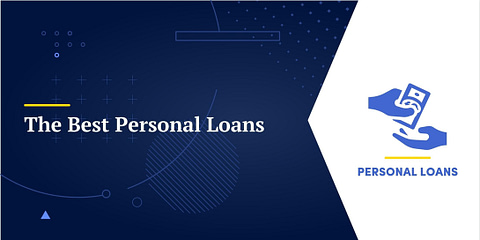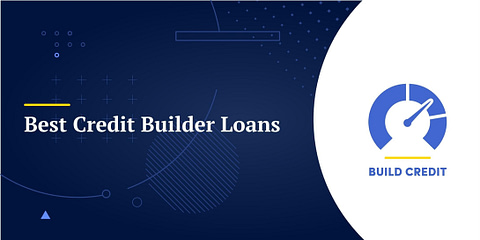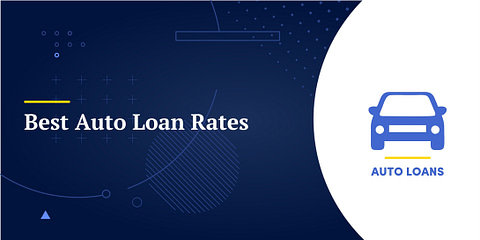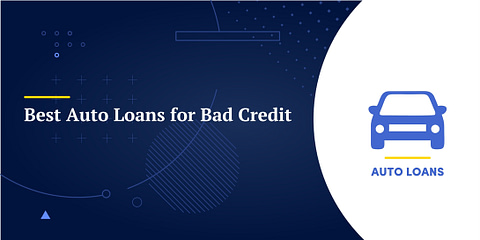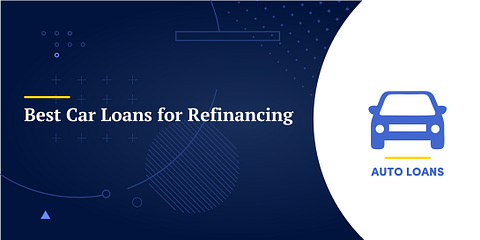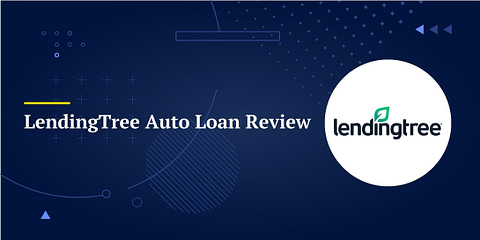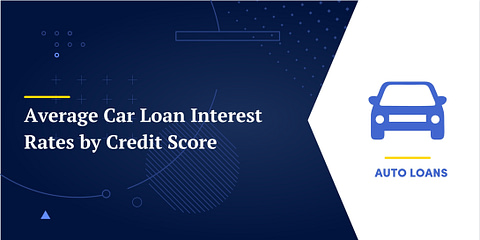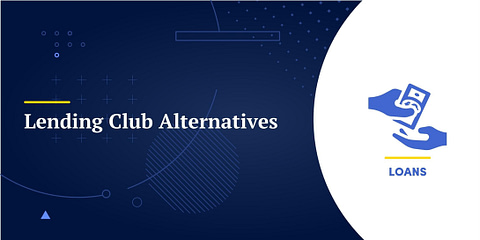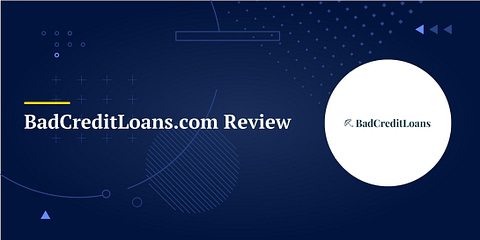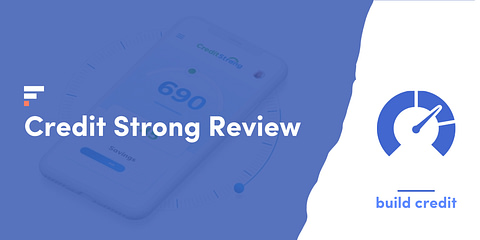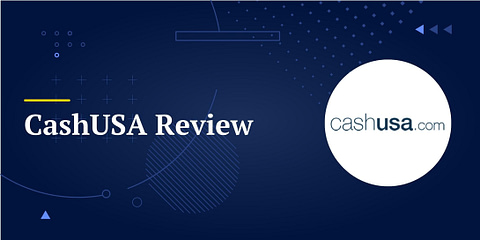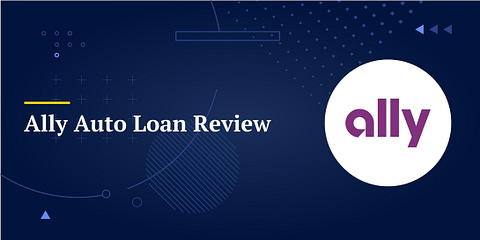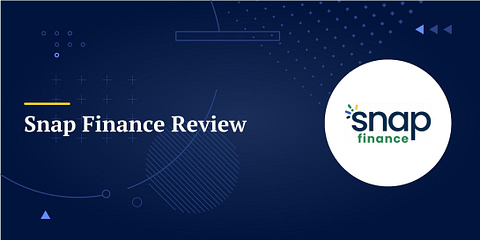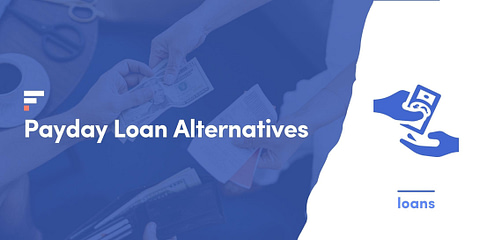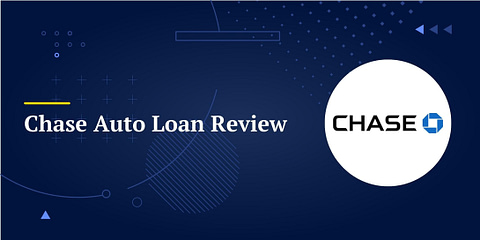If you own a home, you likely have a lot of money tied up in your home equity. If you want to use that equity without selling the home you’ll face a choice: a home equity line of credit or HELOC vs. a home equity loan.
Let’s take a look at the differences and which might suit your purposes best.
What is a HELOC and How Does it Work?
A HELOC is a home equity line of credit. It is a flexible loan that you can use to borrow against the equity you’ve built in your home.
Like it says in the name, a HELOC is a line of credit. You can use the credit line when you need to and only make payments based on the money you’ve drawn from the line of credit. If you need to draw from your HELOC multiple times, you have that option. If you want to let it sit with no balance, but ready to use when needed, you can do that too.
A HELOC is like a credit card. You can use it to borrow money up to a set limit and draw money as many times as you’d like and whenever you’d like, so long as your balance doesn’t pass the limit.
Typically, a HELOC has two phases:
- The draw period. You can take money from the line of credit during this time. The required payments usually just cover the accrued interest, though you’re free to make payments toward principal too. A common draw period length is ten years.
- The repayment period. After the draw period, you enter repayment. You can no longer take funds from the line of credit and must make full interest and principal payments until you pay off the line of credit. The length of this period can vary but is often about twenty years.
HELOCs usually have variable interest rates, which means the interest you pay can change over the life of the loan based on the interest rate market.
✔️ Pros
There are many advantages to using a HELOC over a home equity loan.
- Flexibility. With a HELOC, you have the freedom to draw funds from your equity as you need to. You don’t have to have a specific purpose or amount in mind. They also last for years, letting you be prepared for future needs.
- Only pay interest on your balance. If you don’t draw money from your HELOC, you won’t pay interest. Some lenders charge maintenance fees, but if you find a HELOC lender that keeps fees low, you could have easy access to cash for a very low cost.
- Set your repayment term. You can work with your lender to choose a repayment term that works for your budget. You can also choose to start repayment early while you’re still in the draw period.
❌ Cons
HELOCs are not perfect, so it’s important to understand their drawbacks.
- Variable rates are unpredictable. HELOCs typically have variable interest rates. If rates rise significantly, you could find your loan becoming more expensive or potentially unaffordable.
- Overspending risk. HELOCs make it easy to take cash out of your home, and until the draw period expires the payments will be minimal. That makes it easy to overspend.
- Payment can increase at the end of the draw period. During the draw period, your lender will likely only ask you to pay the interest that accrues. When the draw period ends, you’ll have to start making full loan payments. If you’re not ready for the start of the repayment period, and the corresponding higher payment, you might have trouble affording the larger payments.
- Your home is collateral for the debt. If you can’t pay you could face foreclosure.
What is a Home Equity Loan and How Does it Work?
A home equity loan is a more traditional loan that relies on your home as collateral.
When you get a home equity loan, the lender gives you a lump sum of cash. You then make regular monthly payments toward the loan until the balance is paid in full. The loan can have a fixed or variable interest rate and the amount that you can borrow is based on the value of your home and how much equity you’ve built.
While HELOCs work like credit cards, giving you flexible access to cash, home equity loans are more like other loans, such as personal loans, where you get a one-time infusion of funds. This makes them better for large, one-time expenses.
Because home equity loans are secured by collateral (your home), interest rates are competitive and less dependent on your credit score than rates on an unsecured loan.
As of July 2022, the average rate for a 15-year home equity loan of $30,000 is 6.91%. The average personal loan rate at the same time was 13.5%-15.5% for a person with a credit score of 690-719.
Home equity loans are often used for debt consolidation, due to their low interest rates, their ability to offer competitive interest rates even to people with average credit scores, and their relatively easy availability (if you own a home).
✔️ Pros
- Low, fixed rates. Home equity loans will let you borrow money at a fixed interest rate. Using your home as collateral also reduces the risk for the lender, making it one of the cheapest ways to borrow money.
- Interest may be tax deductible. If you use HELOC or home equity loan funds for home improvements, you may be able to deduct interest on your taxes. This is a big deal because home equity loans are a popular way to fund home improvement projects.
- Long terms. Home equity loans can have terms ranging from five to thirty years, letting you customize your payment and ensure it fits in your budget.
❌ Cons
- Less flexibility. A home equity loan gives you a single lump sum of cash. If you need to borrow more against your home equity, you’ll need to apply for another loan.
- Pay interest on the whole loan starting immediately. If you use a home equity loan to borrow money, you pay interest on the full balance immediately, even if you have some of the proceeds sitting in your bank waiting to get used.
- Your home is collateral for the debt. If you can’t pay you could face foreclosure.
Which Is Right For You?
HELOC vs home equity loan… what’s best for you? Both are useful tools for homeowners that want to turn their equity into spendable cash. However, they excel in different situations.
HELOCs are best when you need flexibility, aren’t sure of the precise amount you’ll need to borrow, or will need access to funds multiple times. For example, you might use a HELOC to fund a project that needs funding in multiple phases or have irregular income and expenses and want access to cash quickly if the need arises.
Home equity loans are best when you know how much you need to borrow and need it all at once. That makes them ideal for funding large projects or one-time expenses, such as paying for a home improvement or consolidating a large amount of debt.
If you’re facing the HELOC vs home equity loan question, be sure to consider the disadvantage they share. Your home is collateral for the loan, and if you fail to pay you could face foreclosure. If you are sure that you will be able to pay back what you borrow, review the pros and cons of each loan type and choose the one that best fits your needs.



